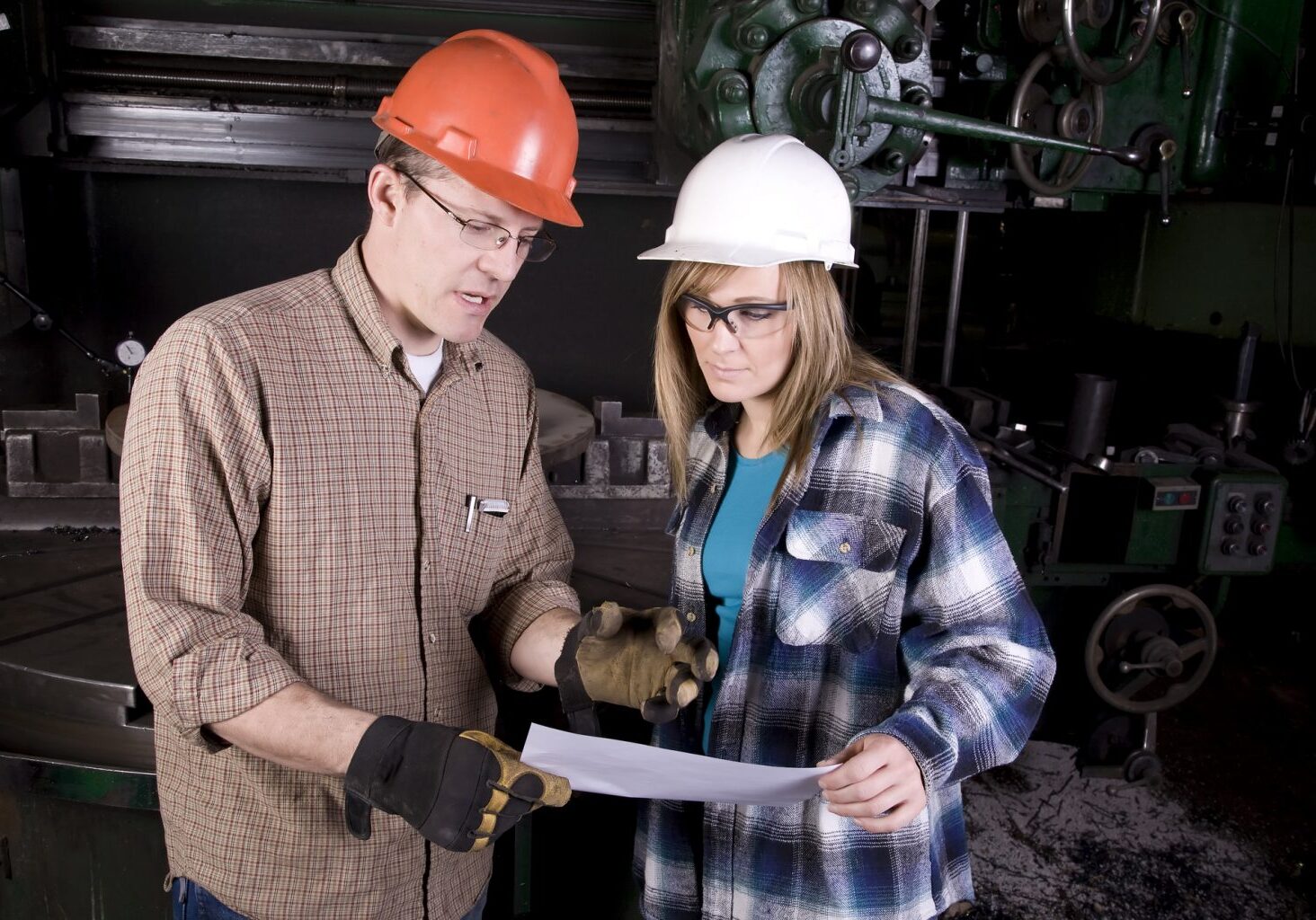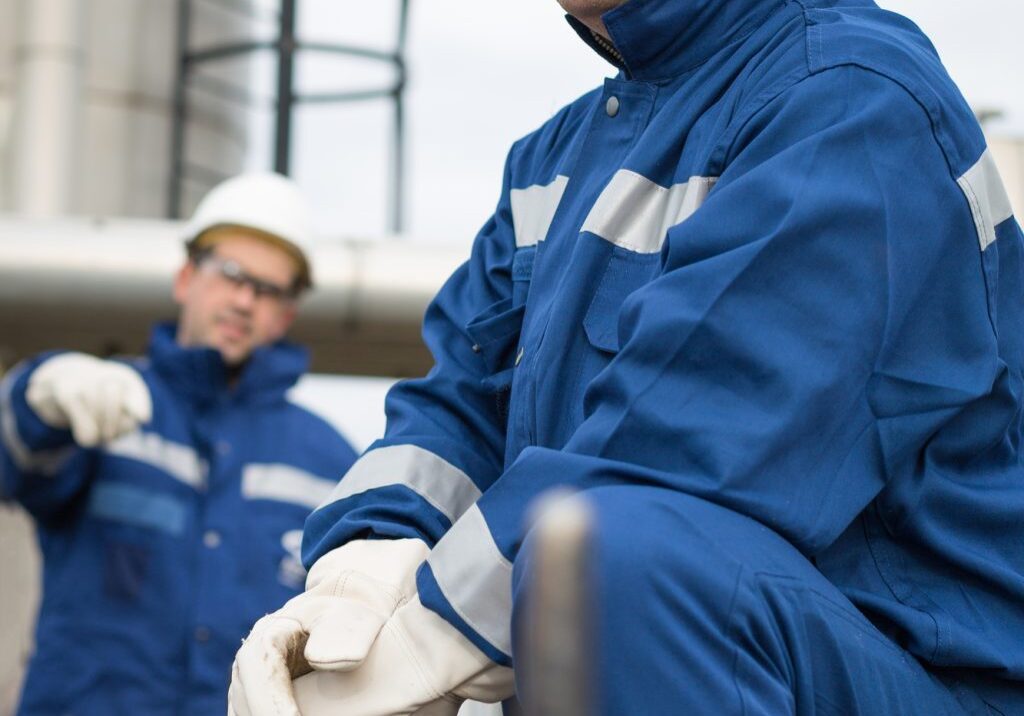5 Top Ways to Reduce Equipment Maintenance Costs
You can change how you operate by adopting practices that ensure you always get the best results in maintenance, reliability, and life cycle. This is possible when you embrace a new philosophy and methodology that allows you to quickly make site improvements in your engineering, operations, and maintenance processes. Given that many plants report maintenance as their highest cost of doing business, it is best to conduct it in highly effective ways.
1. Select Equipment & Machines That Need Little to No Maintenance
Do your research on the manufacturers of your equipment so you may look in detail at each component’s design to determine the range of equipment you can afford to buy and maintain. It is also critical to select parts for your machines that offer the longest time between maintenance outages. You should also familiarize yourself with vendors’ and supplier’s best technicians so you know who to call with potential problems before they happen.
2. Make the Most of Your Engineer(s)
Your actual percentage will depend on staff. We recommend having approximately 50% of your engineers’ time spent teaching the plant operators and maintenance workers engineering techniques as well as the problems that they may encounter. This enables your workers to share their knowledge while creating a better sense of team.
For example, your operators know about the machine’s use while the maintenance engineer has knowledge on the machine’s design strengths and weaknesses. The workers know how the machine is built, while the engineers know the construction materials. Combining their intellectual assets assures everyone has plentiful knowledge to run your operation with machine reliability and productivity in mind.
3. The 90% Rule
We recommend purchasing a slightly larger size model than you actually require, so it can be operated below capacity. This strategy will allow you to maximize the machine’s strength and reliability, with the potential to pay you back far more than you initially invested. Even a 10% reduction in your maximum operating load can greatly increase the time between maintenance procedures, as well as failures, by up to five times. This is especially true for equipment that uses parts made of ferrous metals.
4. Simplify Your Maintenance Procedures
Many of your procedures have changed and grown over time. It is possible some are no longer needed or contain extra, unnecessary steps. Many manufacturers frequently update procedures and offer education on better techniques to help you and your team stay current.
In addition, your team may have added maintenance steps over time that overlap. Too much of this sort of complexity can cause confusion, as well as cost precious dollars. Your staff may be going through the motions and filling out checklists without really thinking about what they are doing. Some research shows that workers can have difficulty completing as little as seven steps at a time. This is why it is important to highlight the most important steps and do away with the extraneous.
5. Be Ready to Lubricate at a Moment’s Notice
Once a machine is contaminated by dirt, water, wear particles, or other contaminates, it will eventually cause premature failure. It is essential to create and maintain a tailored lubrication regime where all equipment is lubricated at the right time. This includes having the right lubricant in the right condition at all times, as well as knowing which machine gets which lubricant. The regime should also include which department, worker, engineer, contractor, etc. is responsible for the lubrication of each piece of equipment.
Houston Dynamic Supply Gearbox Repairs
We are an experienced Houston based equipment maintenance and repair shop that can analyze the components of your machines and identify improvements to enhance its performance. Call us today to discuss a maintenance schedule that will keep your operation running most efficiently.
Share this post:



